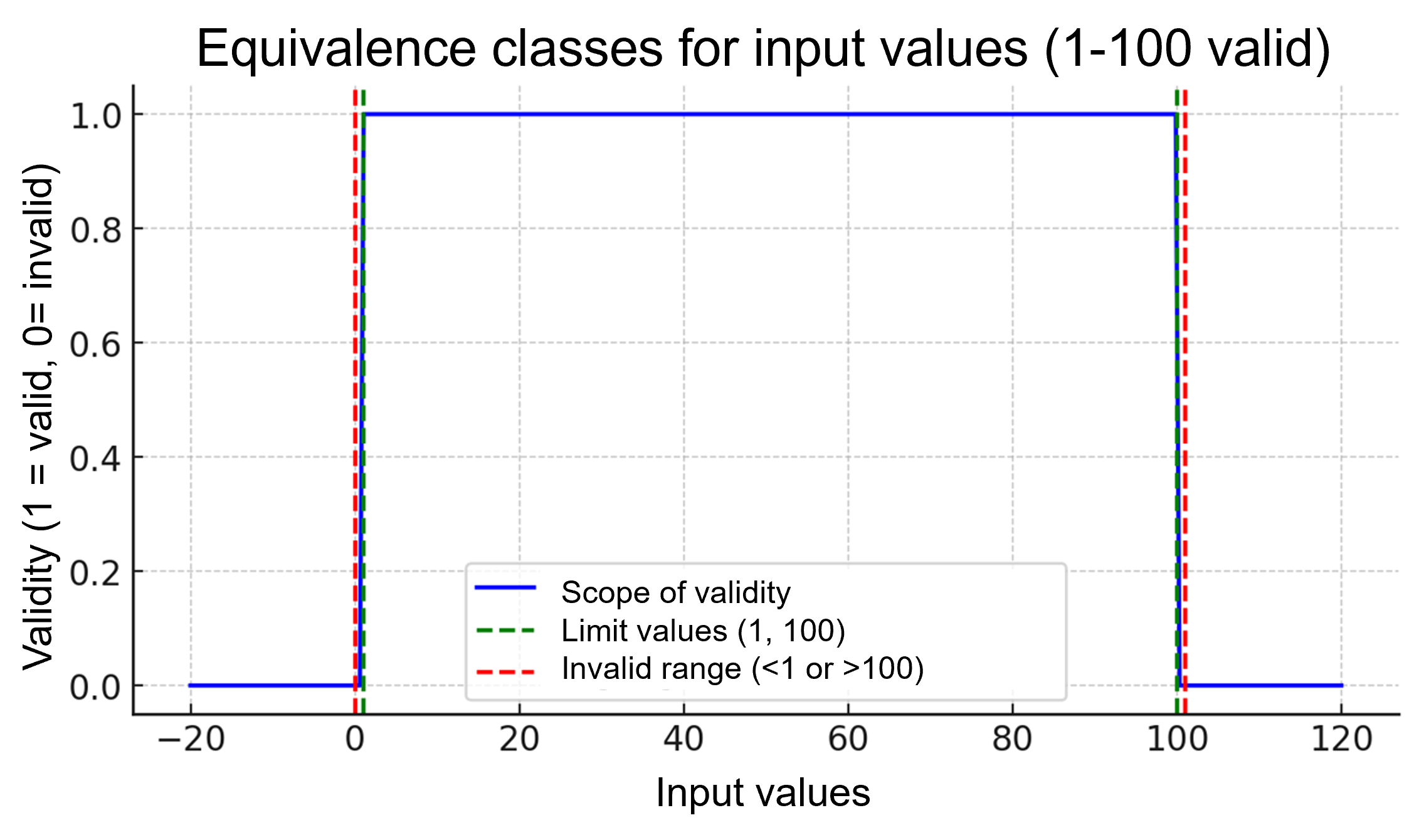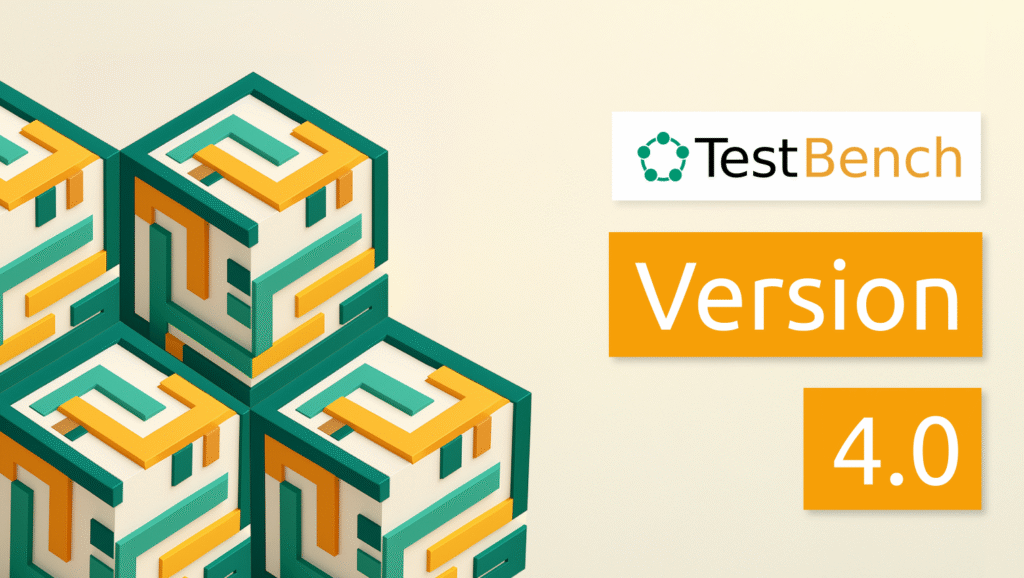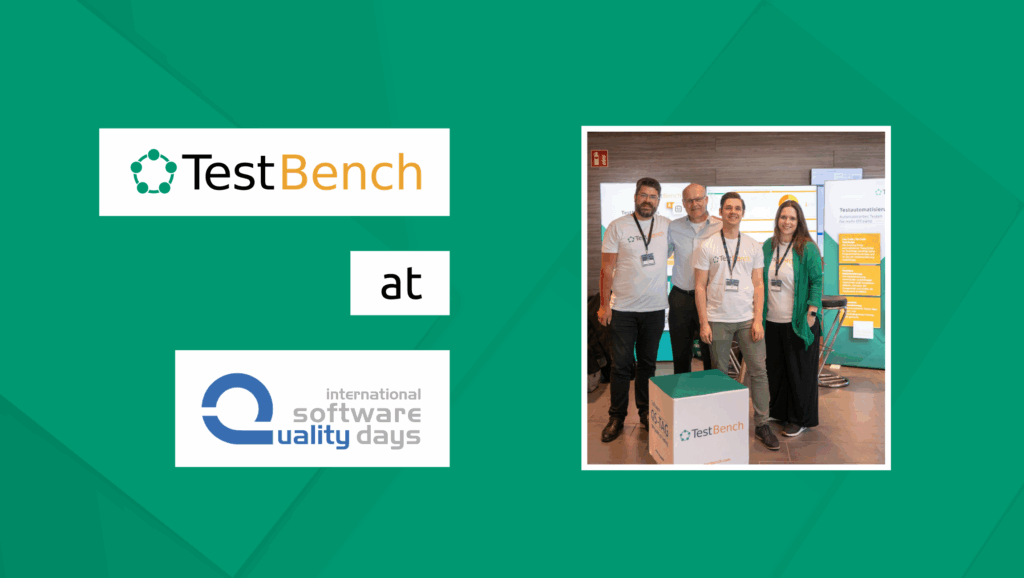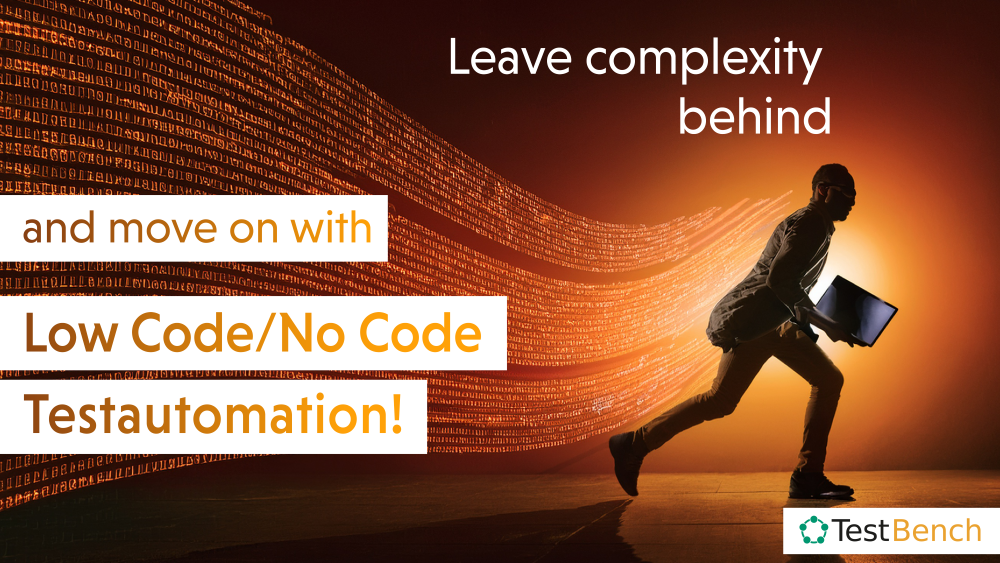
Februar 5, 2025
Equivalence class partioning and boundary value analysis
Data Driven Testing uses equivalence class decomposition and boundary value analysis to efficiently reduce test cases without compromising coverage. In this article, we show how these methods are combined to enable more precise tests with optimized effort.
Basics of the equivalence class method
The equivalence class method is a test case derivation technique that aims to divide the input data of a system into groups or classes in which the values can be considered equivalent. Equivalent means that each value within a class should behave identically in the test case behavior, whereby it is sufficient to test with only one representative of each class.
Example of an equivalence class division
Assume a form accepts numbers between 1 and 100 as valid input:
| Input values | Equivalence class | Validity |
| -10, 0 | invalid | No |
| 1 – 100 | valid | Yes |
| 101, 150 | invalid | Nein |
Combination with the boundary value analysis
Boundary value analysis is a complementary technique to the equivalence class method that focuses on testing the edges of the equivalence classes. As errors often occur at the limits of a valid value range, these values are particularly critical for tests.
Example of the boundary value analysis
For the above numerical range (1 – 100), the relevant limit values could be defined as follows:
| Input values | Classification | Expected result |
| 0 | Lower boundary -1 | Defect |
| 1 | Lower boundary | Success |
| 100 | Upper boundary | Success |
| 101 | Upper boundary +1 | Defect |
The combination of both methods ensures a more precise test coverage by testing representative values from each equivalence class as well as critical boundary values.
Application in Data Driven Testing
Data Driven Testing is based on the idea of executing a large number of test cases with different input values. The equivalence class method helps to optimize the amount of test data.
Advantages of combining DDT with equivalence classes and boundary value analysis
- Reduction of redundant tests: Instead of testing all possible inputs, only representative values from each equivalence class and critical boundary are selected.
- Reduction of redundant tests: Instead of testing all possible inputs, only representative values from each equivalence class and critical boundary are selected.
- Higher test coverage with fewer test cases: Critical test cases are covered without performing unnecessary tests.
- Higher test coverage with fewer test cases: Critical test cases are covered without performing unnecessary tests.
- Higher test coverage with fewer test cases: Critical test cases are covered without performing unnecessary tests.
Visualization of equivalence classes and boundray value analysis
A diagram can illustrate the classification of the equivalence classes and the relevant boundary values:
- X-axis: Input values
- Y-axis: Validity

Test data matrix for data-driven testing with limit value analysis
| Test case | Input values | Expected result |
| TC1 | -10 | Defect |
| TC2 | 0 | Defect |
| TC3 | 1 | Success |
| TC4 | 50 | Success |
| TC5 | 100 | Success |
| TC6 | 101 | Defect |
Example 1: Age check for the registration of an online platform
Suppose an online platform only allows users between the ages of 18 and 65 to register. The software validates the age based on the number entered by the user.
Equivalence class analysis
| Input values | Equivalence class | Validity |
| 0 – 17 | Invalid | No |
| 18 – 65 | Valid | Yes |
| 66 und höher | Invalid | No |
Boundary value analysis
Here we specifically test the values at the boundary of the equivalence classes:
| Test case | Input values | Expected result |
| TC1 | 17 | Defect (too young) |
| TC2 | 18 | Success (currently valid) |
| TC3 | 30 | Success (currently valid) |
| TC4 | 65 | Success (just valid) |
| TC5 | 66 | Defect (too old) |
Explanation of the test strategy
- By combining the equivalence class method and boundary value analysis, we minimize the test cases while still ensuring maximum defect coverage.
- Instead of testing all ages between 18 and 65, we choose only representative values.
- The thresholds 17, 18, 65, 66 are critical as defects in the implementation often occur here.
This example shows how these simple methods help to efficiently test the quality of an application in practice.
The example above shows the simplest partioning into equivalence classes: a class with valid and a class with invalid representatives. The second example combines several data types with several equivalence classes.
Example 2: Flight ticket prices based on age and booking class
A flight booking system calculates the ticket price depending on the age of the passenger and the booking class. The prices and booking conditions are as follows:
- Children (0-11 years) receive a 50% discount, but may only travel with an adult.
- Teenagers (12-17 years) pay the full price.
- Adults (18-64 years) pay the full price.
- Seniors (65+ years) receive a 20% discount.
- Normal prices apply in Economy class.
- In Business Class there is a surcharge of 50% on the base fare.
- In First Class there is a surcharge of 100% on the base fare.
Equivalence class analysis
Here we divide the possible inputs into equivalence classes for two data types:
| Age of the passenger | Equivalence class | Permitted booking | Discount/surcharge |
| 0 – 11 Jahre | Kids | Only with adult | -50% |
| 12 – 17 Jahre | Teenagers | Yes | No discount |
| 18 – 64 Jahre | Erwachsene | Yes | No discount |
| 65+ Jahre | Senioren | Yes | -20% |
| Booking class | Equivalent class | Price rule |
| Economy | Standard | Normal price |
| Business | Premium | +50% |
| First Class | Luxus | +100% |
Boundary value analysis
Here we specifically test the boundary values between the equivalence classes:
| Test Case | Input Values | Expected result |
| TC1 | 0 | Defect (child without adult) |
| TC2 | 1 | Defect (child without adult) |
| TC3 | 11 | Defect (child without adult) |
| TC4 | 12 | Success (transition child → teenager) |
| TC5 | 17 | Success (last teenage stage) |
| TC6 | 18 | Success (transition teenager → adult) |
| TC7 | 64 | Success (last adult stage) |
| TC8 | 65 | Success (transition adult → senior with 20% discount) |
| TC9 | 80 | Success (Senior with 20% discount) |
| TC10 | 30 | Success (50% surcharge) |
| TC11 | 40 | Success (100% surcharge) |
Explanation of the test strategy
- Several equivalence classes for age and booking class.
- Boundary value analysis checks whether the system processes the transition between age groups correctly.
- Special case: Children must travel with an adult, therefore TC1-TC3 are invalid.
- Discount and surcharge calculations are checked.
Conclusion
Combining the equivalence class method with boundary analysis is a valuable technique in Data Driven Testing to select test cases and increase test efficiency. While equivalence classes sensibly reduce the amount of test data, boundary value analysis ensures that critical edge cases are not overlooked. This systematic selection of test data can ensure the quality of the software and minimize the testing effort at the same time.
Category
- Fairs and Conferences (4)
- Features in detail (6)
- Success Stories (6)
- Test methods (1)
New Posts
Test on the highest level.
The comprehensive solution for your test management – from planning, design and execution of the tests to complete logging of the test results.
Get TestBench

